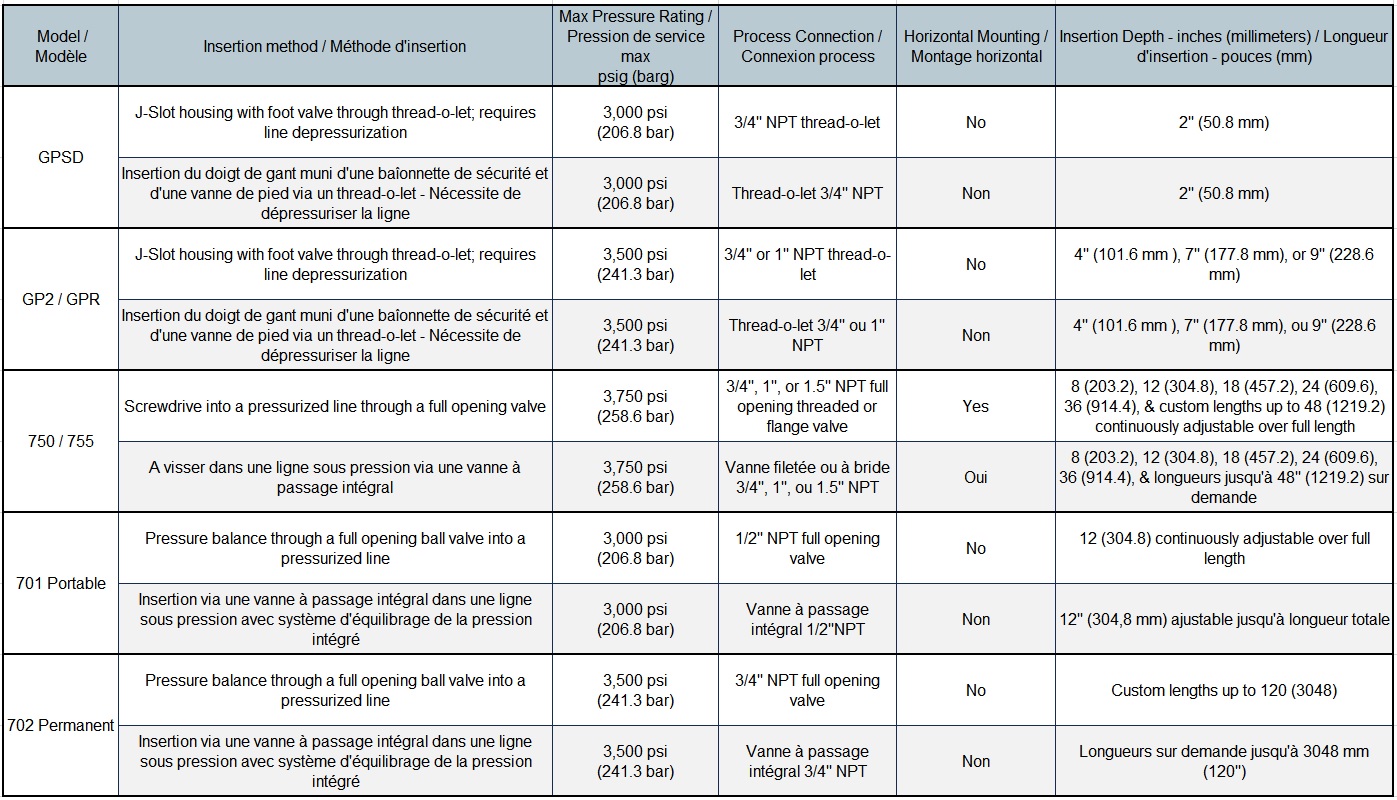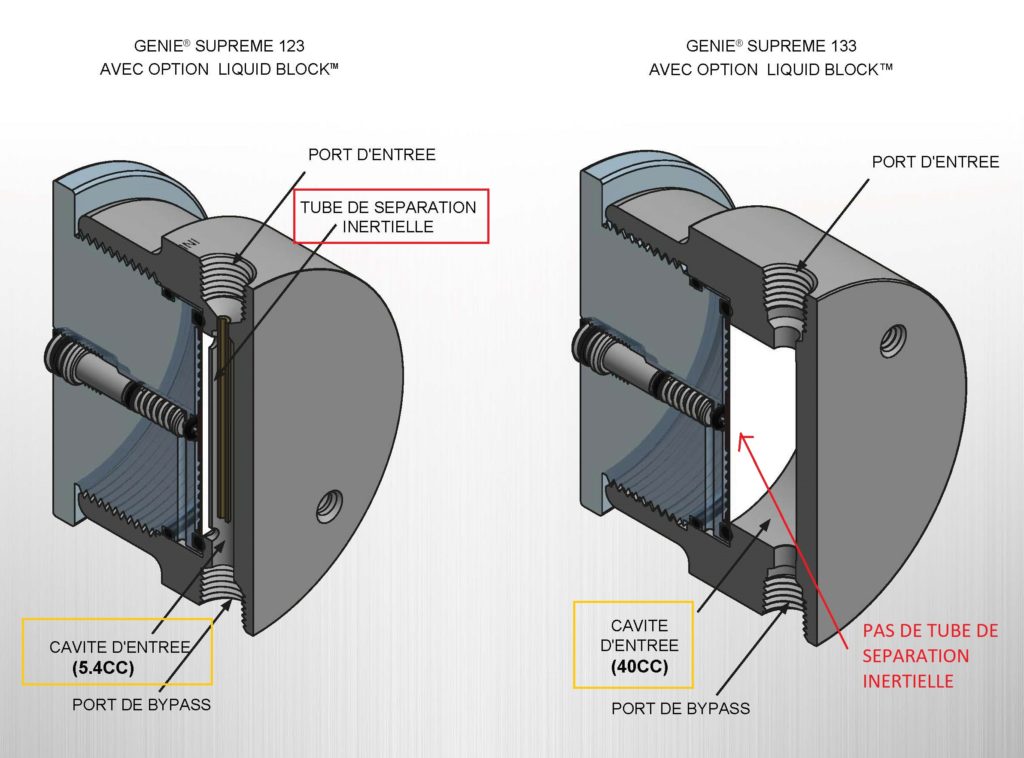FAQ
SAMPLING SYSTEMS FOR NATURAL GAS AND LIQUIDS ANALYSIS
Why use an electropolished or Sulfinert tube for analysis?
When using stainless steel trace tubes, we are often confronted with adsorption and desorption phenomena. These phenomena delay the detection of variations in trace quantities of certain components (notably moisture and the sulfur compounds H2S and SO2). The structure of stainless steels is such that certain compounds can be trapped in the "crevices" of the tube. When the tube reaches saturation, the levels remain stable as long as the chemical composition remains unchanged, and the temperature and pressure remain constant. Any change in composition, temperature or pressure modifies the rate of adsorption or release of compounds, creating false peaks when the analysis is read. These phenomena, sometimes referred to as the " memory effect ", are responsible for inconsistent measurements. This problem can be solved by using electropolished and/or Sulfinert-coated tubing.
Silconert 2000 is a patented, inert barrier that protects against chemical substances. It consists of amorphous silicone interdiffused on chemically polished 316L stainless steel tubing. The treated surface is then passivated with covalent bonds of hydrocarbon molecules. There are different trade names for the same treatment: Silconert®, Sulfinert® or Siltek®.
To find out more, download the sample transfer tube selection guide below: Selection guide



